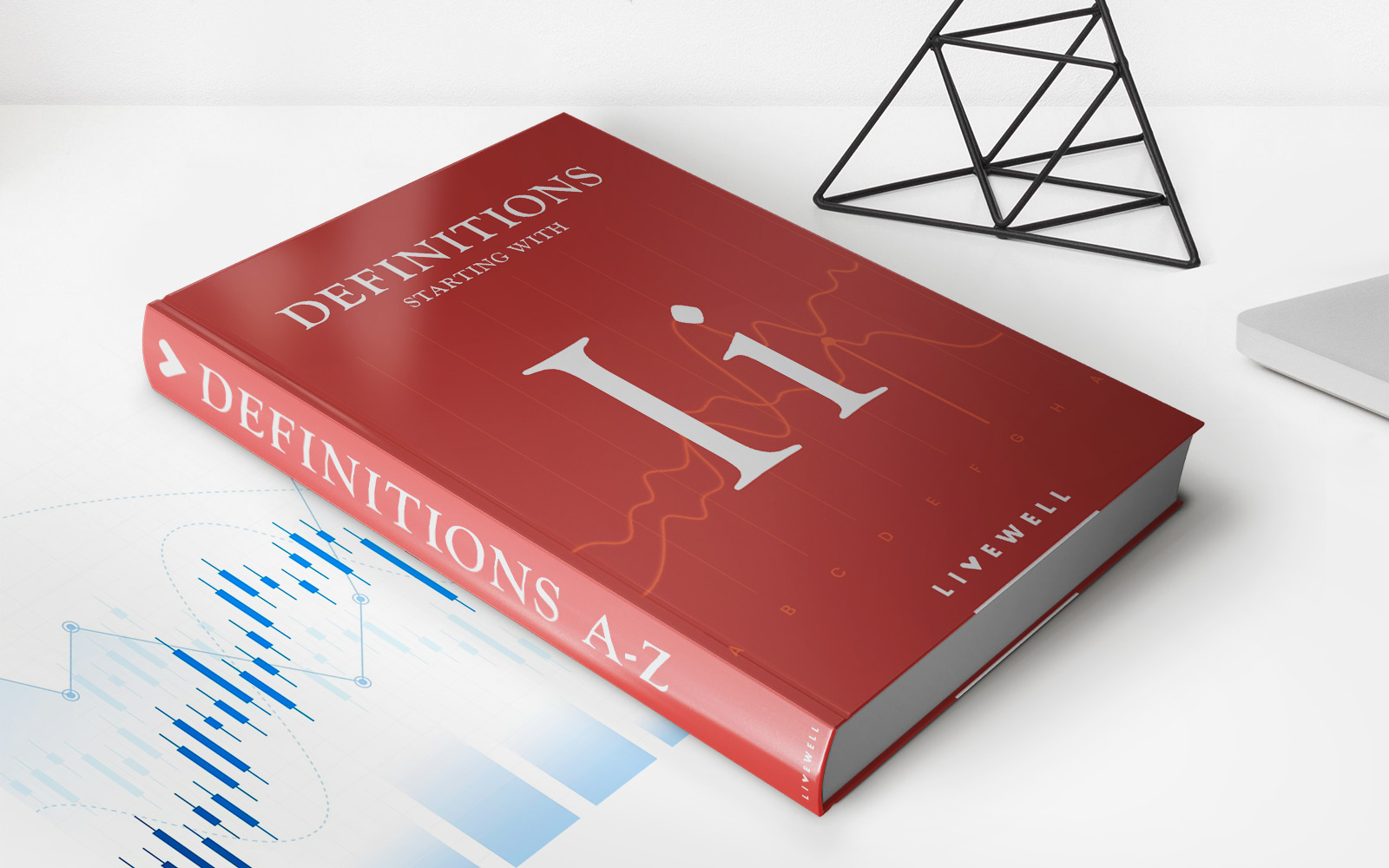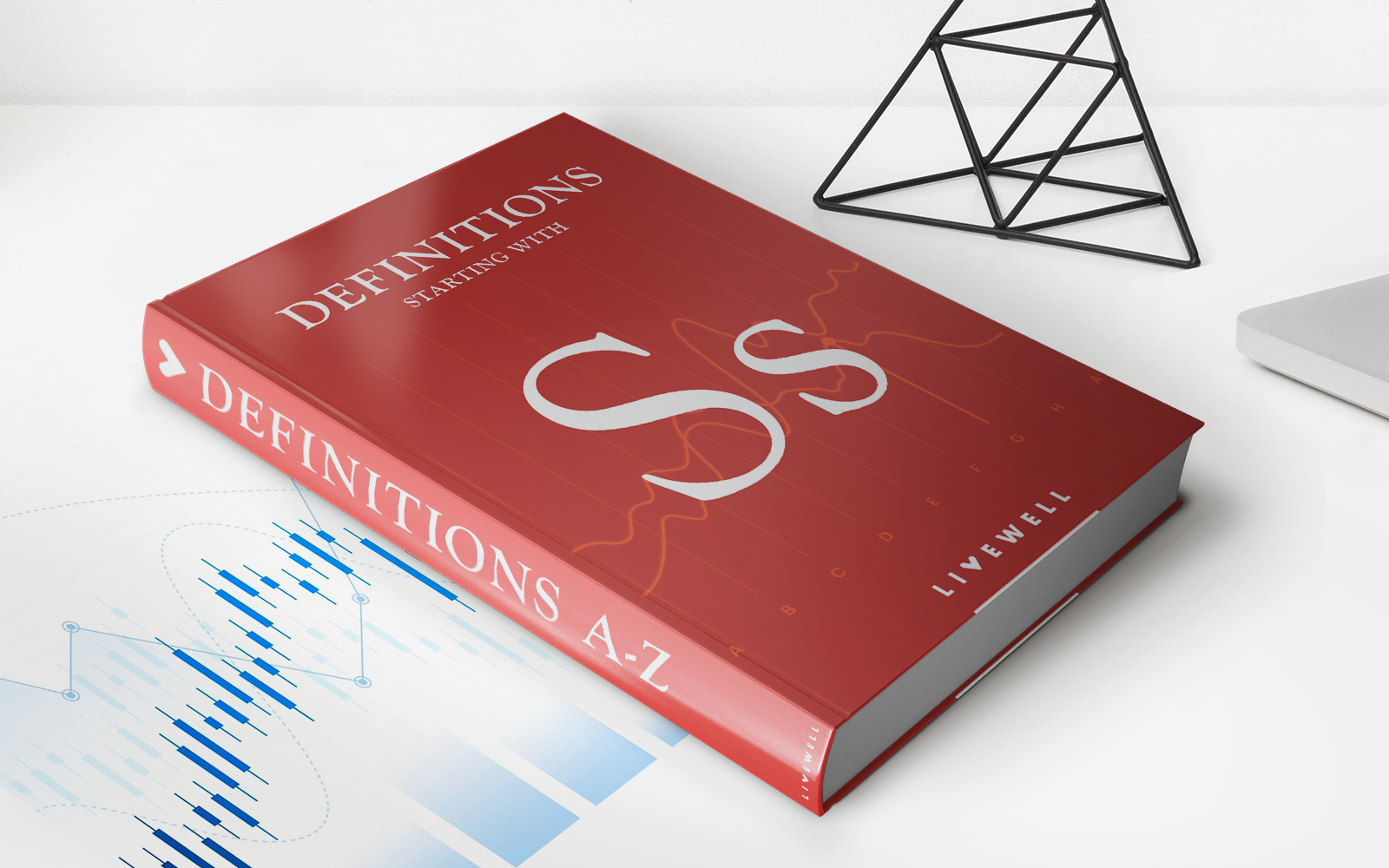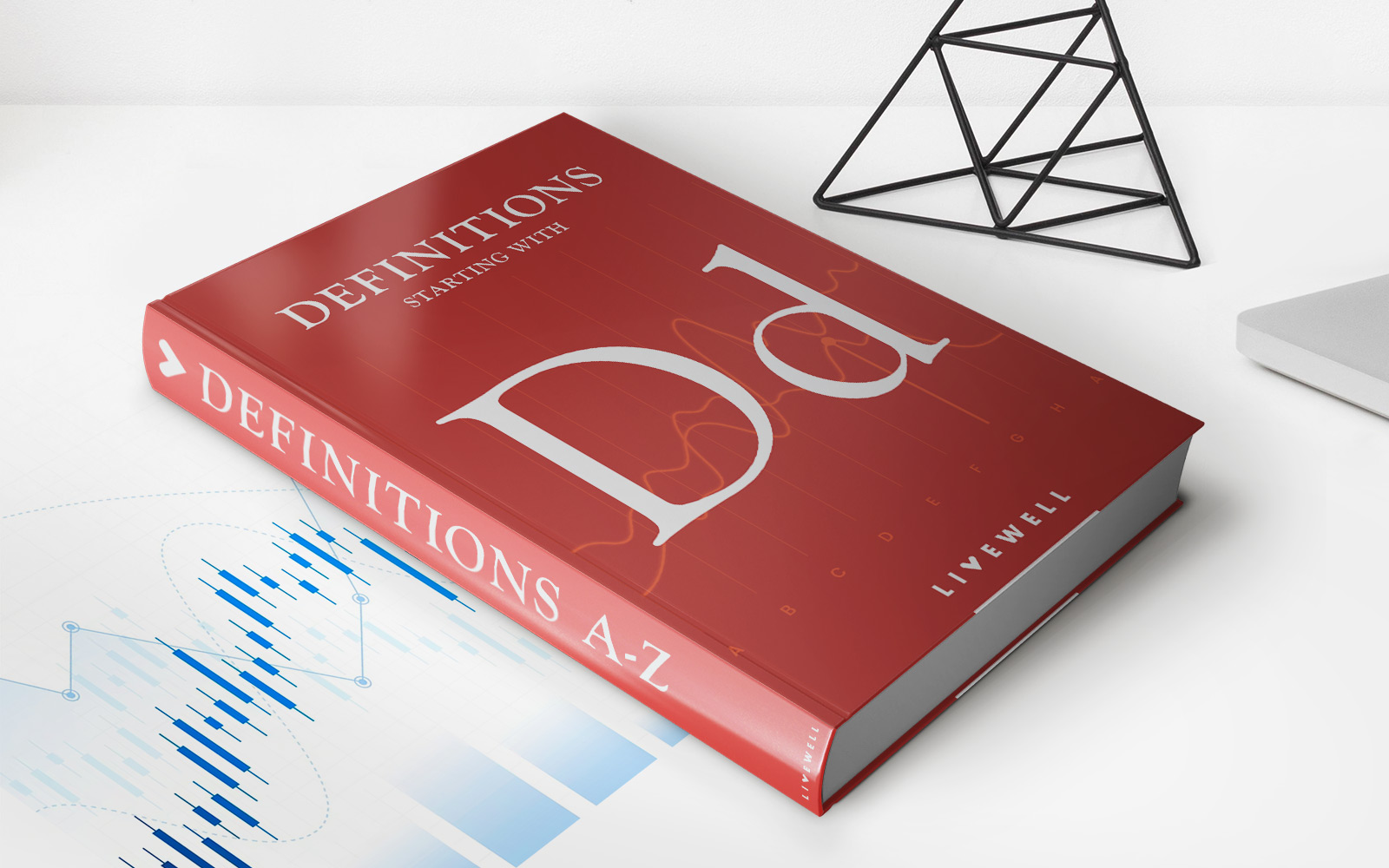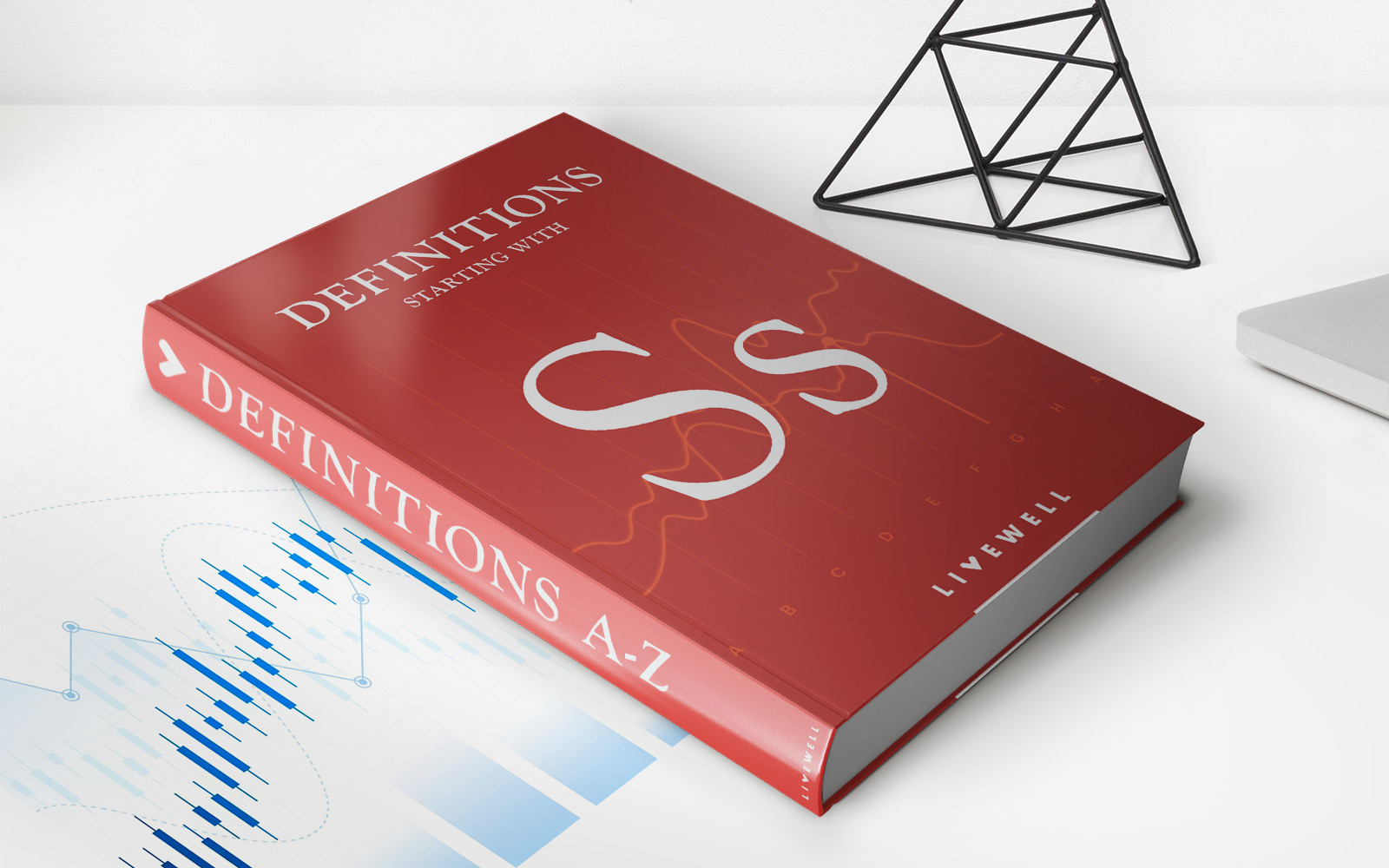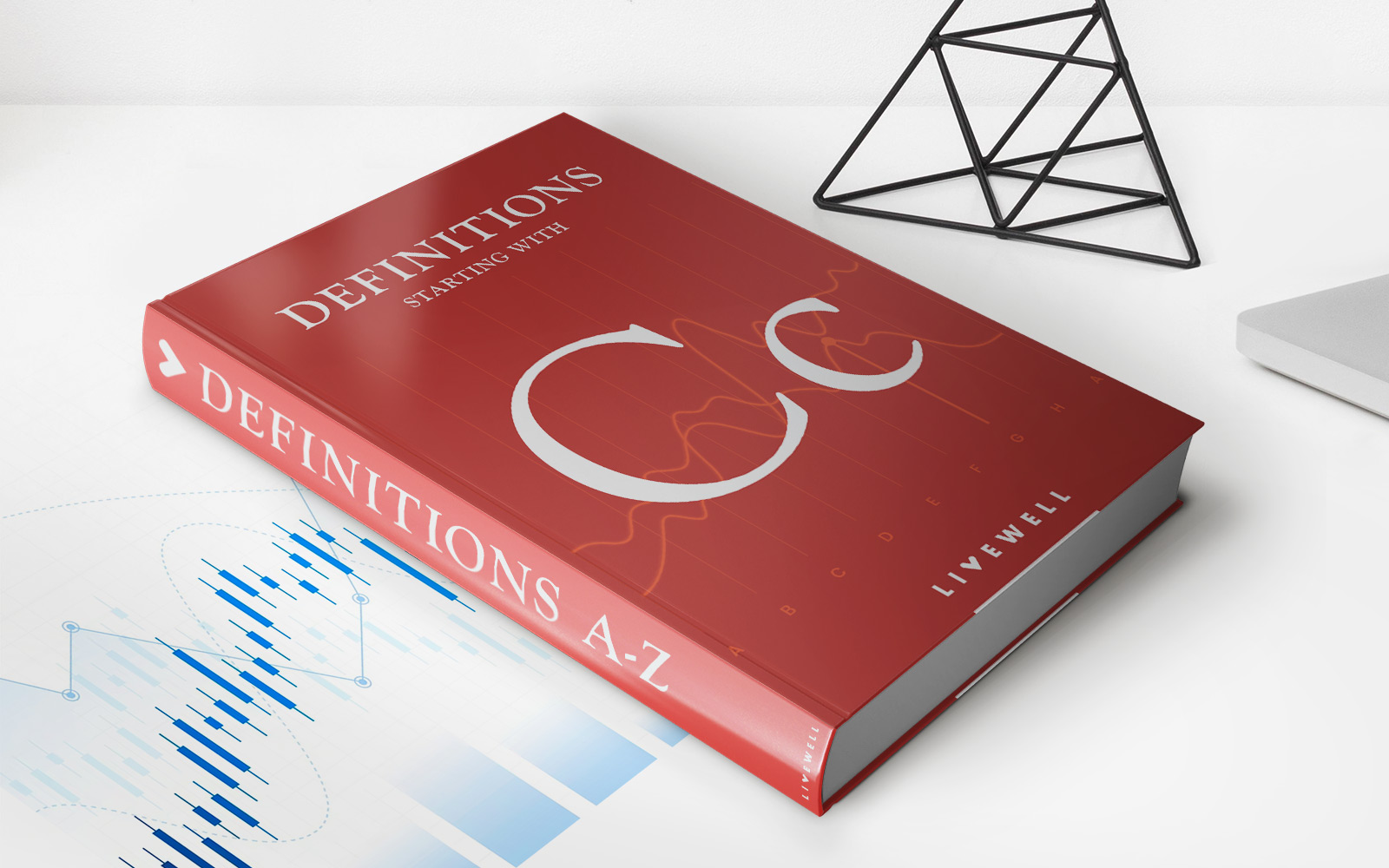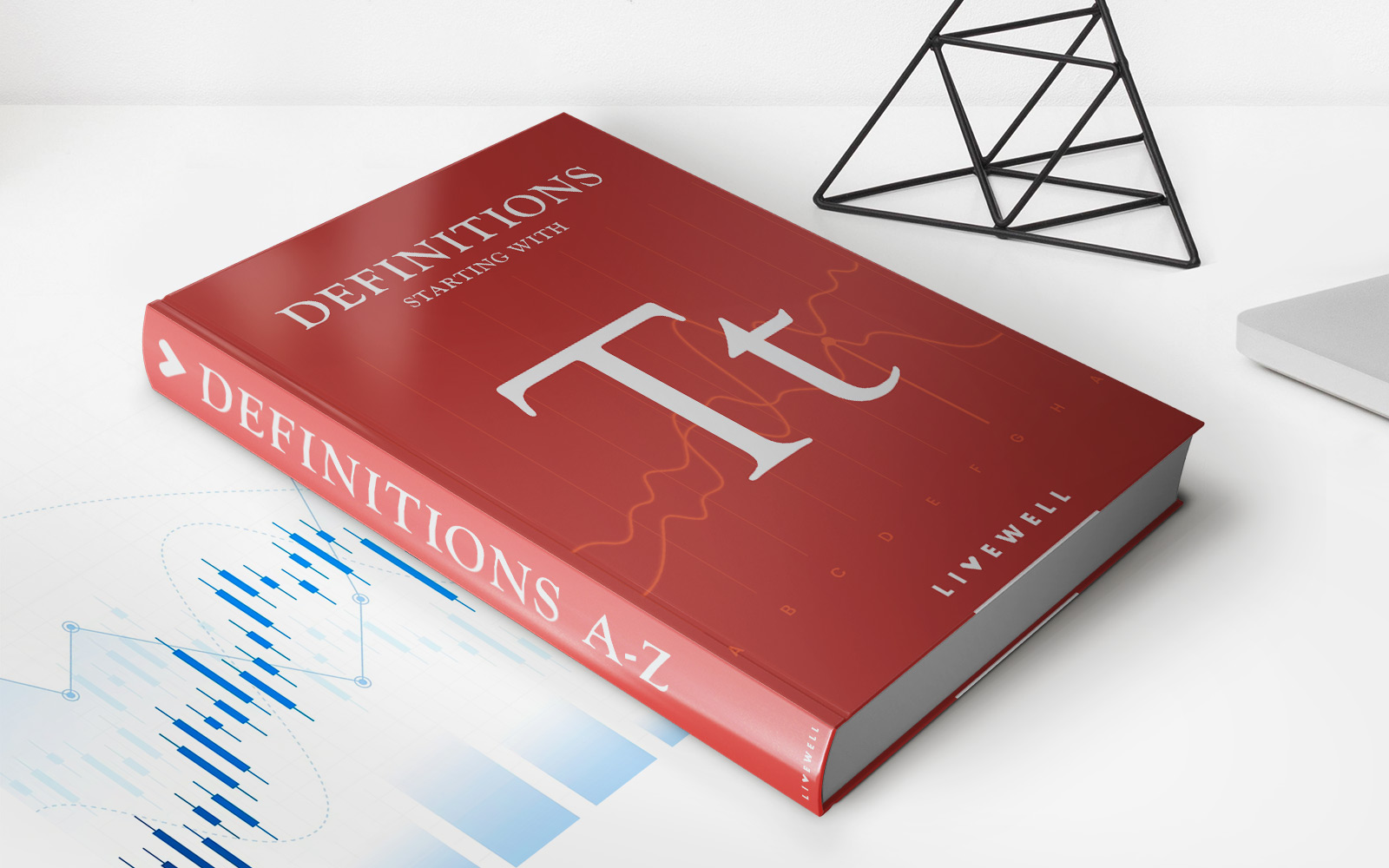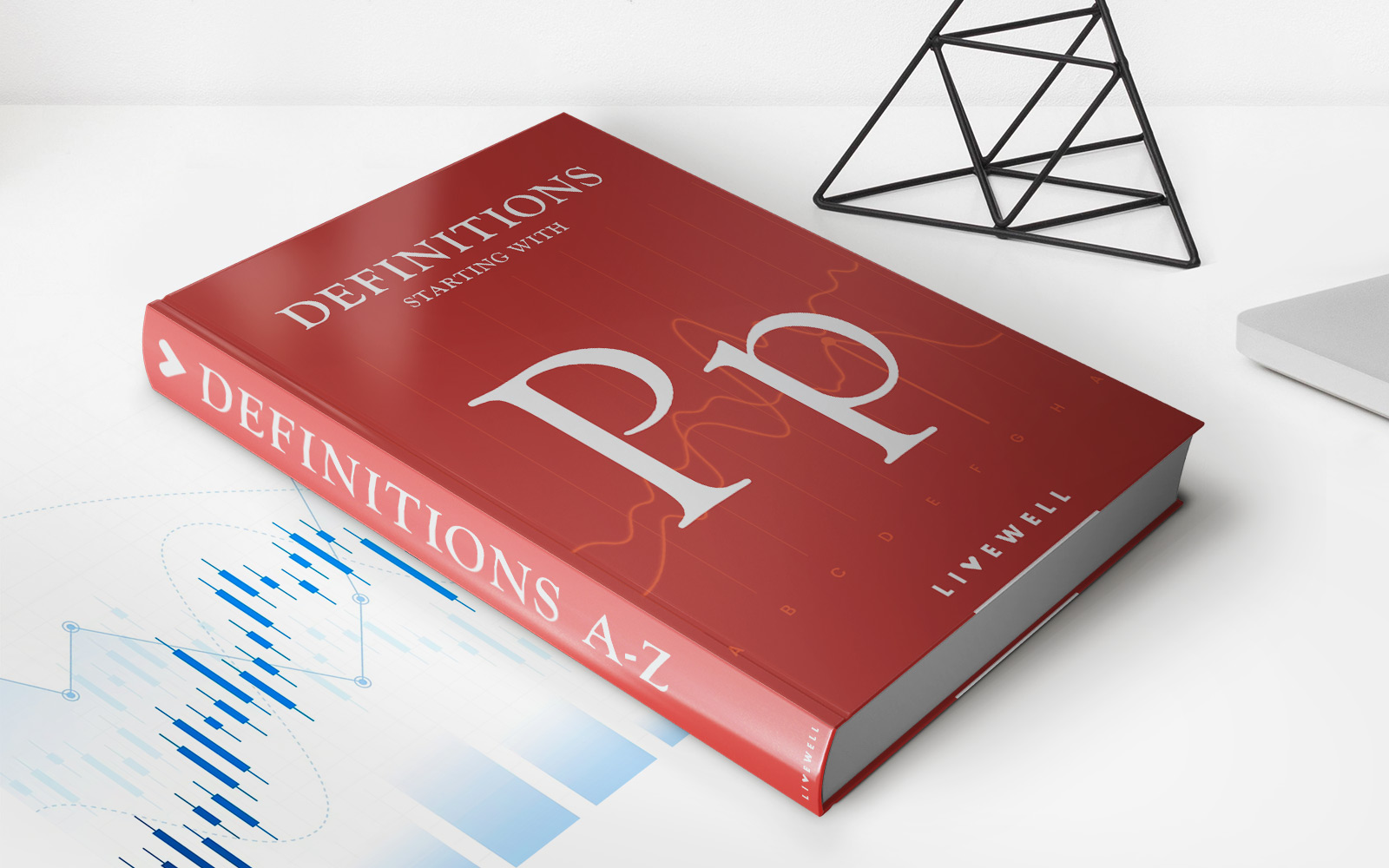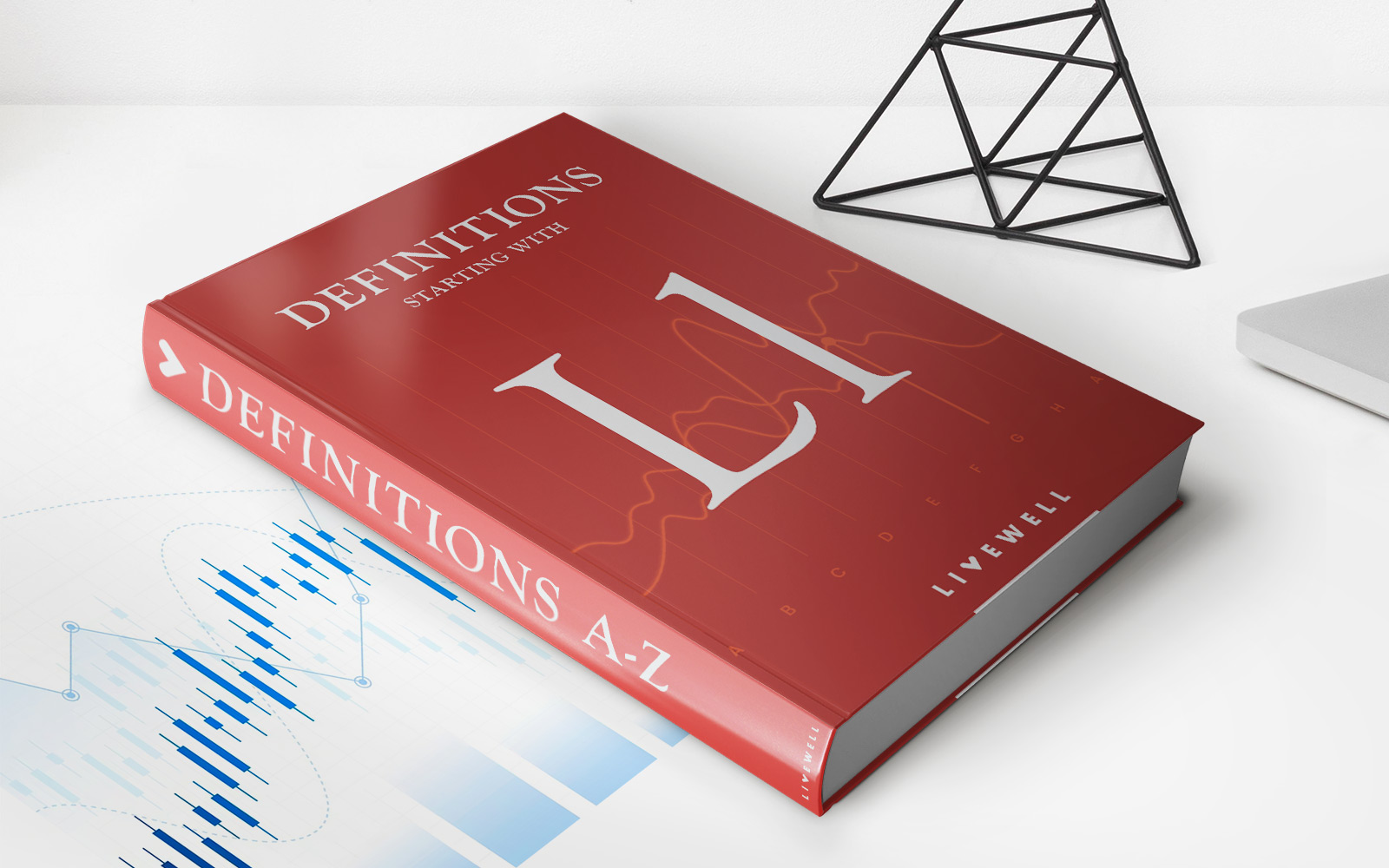Home>Finance>Capitalized Cost: Definition, Example, Pros And Cons
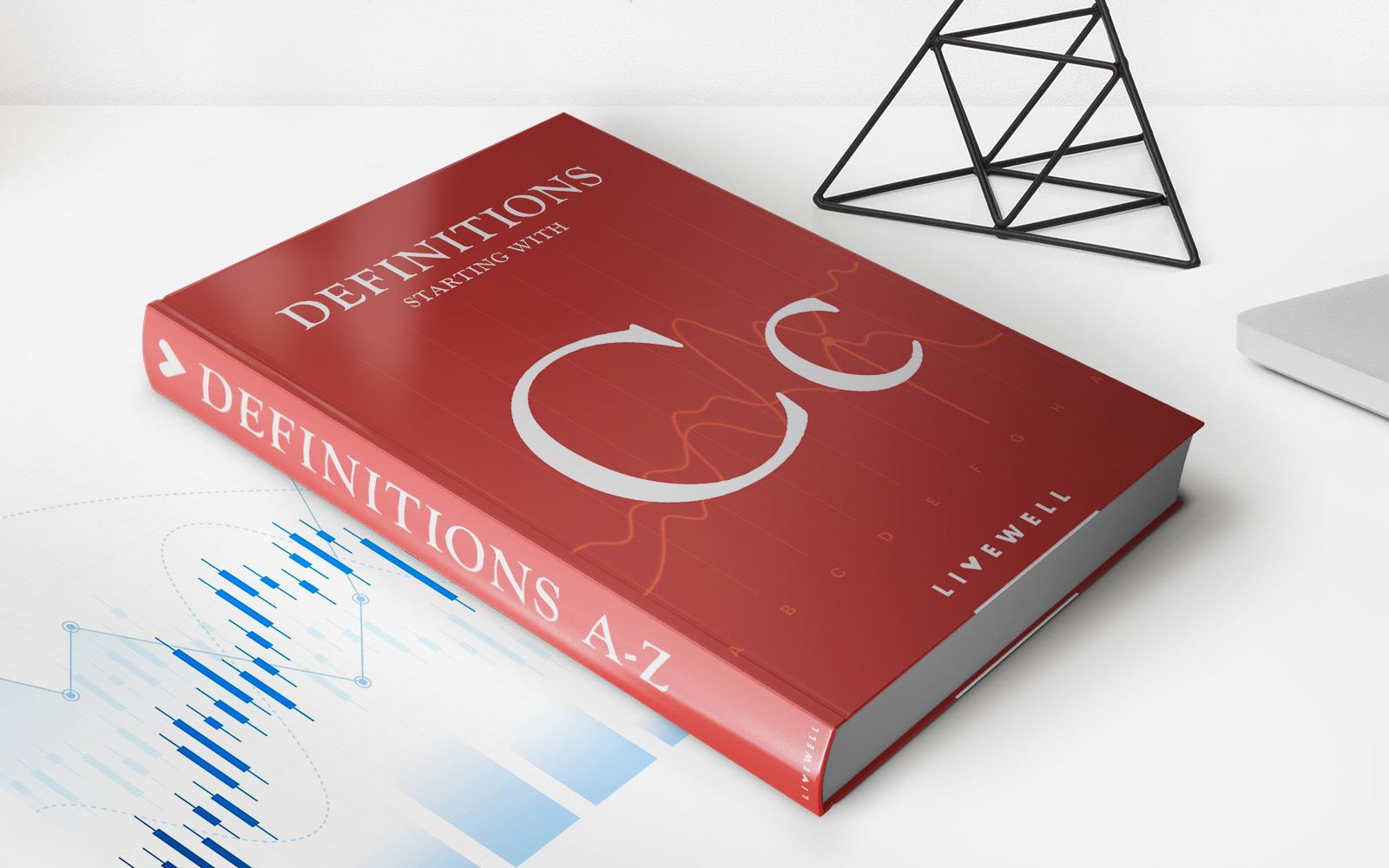

Finance
Capitalized Cost: Definition, Example, Pros And Cons
Published: October 23, 2023
Learn about the definition, example, pros, and cons of capitalized cost in finance. Discover how this concept can impact your financial decisions.
(Many of the links in this article redirect to a specific reviewed product. Your purchase of these products through affiliate links helps to generate commission for LiveWell, at no extra cost. Learn more)
Understanding Capitalized Cost in Finance
When it comes to managing your finances, understanding key concepts is crucial. One such concept is capitalized cost. If you’ve come across this term and found yourself wondering what it means and how it can impact your financial decisions, you’ve come to the right place. In this blog post, we’ll delve into the definition of capitalized cost, provide an example to illustrate its application, and discuss the pros and cons associated with this financial strategy.
Key Takeaways:
- Capitalized cost refers to the total cost of an asset over its useful life, including the purchase price and any related expenses.
- By capitalizing costs, businesses can spread out the expenses associated with an asset over multiple periods, which can help with budgeting and financial planning.
What is Capitalized Cost?
Capitalized cost, also known as capital expenditure or capex, is the total cost incurred when acquiring an asset and preparing it for its intended use. This cost includes not only the purchase price of the asset but also any additional expenses necessary to make it operational, such as transportation fees, installation costs, and customization expenses.
Capitalizing costs involves allocating the total expenses of an asset over its useful life, rather than deducting them as immediate expenses in the period they occur. This approach allows businesses to match the cost of acquiring an asset with the revenue it generates throughout its lifespan, providing a more accurate representation of its true cost and value.
Let’s dive deeper into this concept with an example to better illustrate how capitalized cost works in practice.
Example of Capitalized Cost
Imagine a construction company that purchases a heavy-duty excavator for $100,000. Additionally, they need to transport the equipment to their construction site, incurring an additional $5,000 in shipping costs. Lastly, they invest $10,000 in customizing the excavator to meet their specific project requirements.
If the company opts to capitalize these costs, the total capitalized cost of the excavator would be $115,000 ($100,000 + $5,000 + $10,000). This total cost is then spread out over the useful life of the excavator, which is typically determined based on the industry standards, to determine the annual depreciation expense.
The Pros and Cons of Capitalized Cost
Like any financial strategy, capitalized cost has its own set of advantages and disadvantages. Let’s take a closer look at the pros and cons:
Pros:
- Accurate Representation: Capitalizing costs provides a more accurate representation of an asset’s true cost and value over its useful life.
- Budgeting and Planning: By spreading out the expenses associated with an asset, businesses can better manage their budgets and make more informed financial decisions.
- Tax Benefits: Capitalized costs are often eligible for tax deductions or depreciation allowances, reducing the tax burden on businesses.
Cons:
- Delayed Expense Recognition: Capitalizing costs means that the expenses are not recognized immediately, potentially distorting short-term profitability metrics.
- Complexity: Implementing the capitalized cost method requires careful calculations and consistent record-keeping, which can be complex and time-consuming.
- Depreciation: Capitalized assets must be depreciated over time, which can result in decreased value on the balance sheet as well as added administrative overhead.
Now that you have a comprehensive understanding of capitalized cost, its definition, an illustrative example, and the associated pros and cons, you can make better financial decisions based on your specific circumstances. Remember, capitalizing costs can be a valuable strategy for businesses looking to manage their budgets effectively and accurately represent the true cost of their assets over time.
Keep in mind that in certain situations, seeking advice from a financial professional is recommended to ensure you are making the most informed choices for your unique financial situation.
